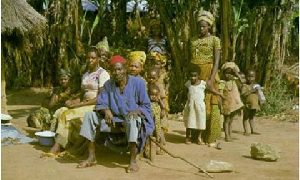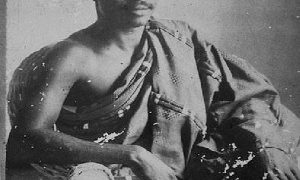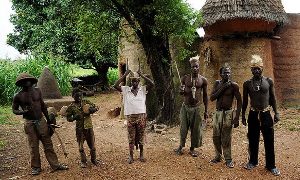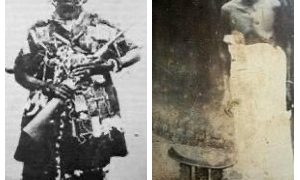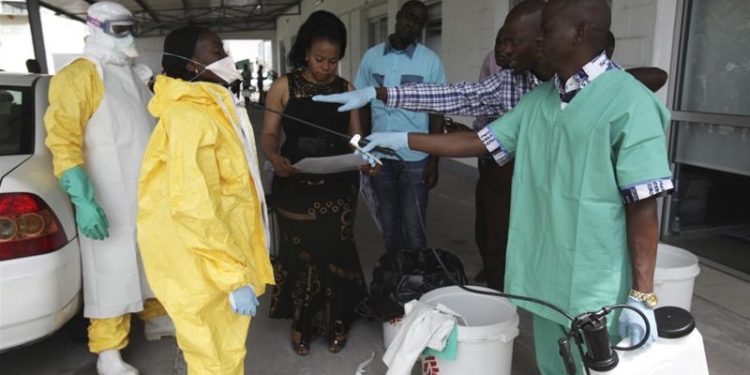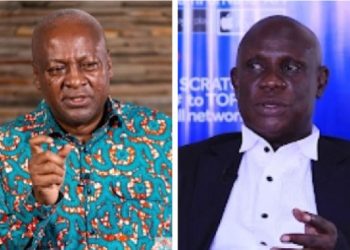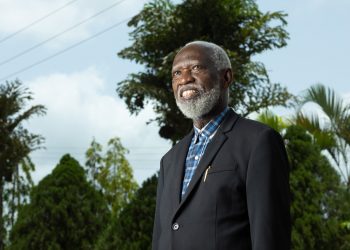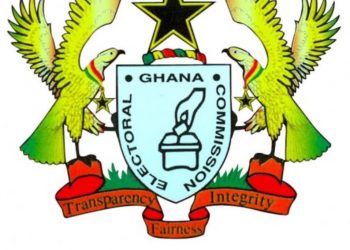At least 17 people have died in an area of northwestern Democratic Republic of Congo (DRC) where health officials confirmed an outbreak of the deadly Ebola virus.
The DRC’s ministry of health said in a statement on Tuesday that two cases of the virus have been confirmed by laboratory tests following 21 patients displaying signs of hemorrhagic fever in Ikoko Impenge, near the town of Bikoro, in the central African nation.
Health officials took samples from five suspected Ebola cases in Bikoro, in Equateur Province, to be tested at the Institut National de Recherche Biomedicale in the capital, Kinshasa, it added.
At least 17 deaths in the region over the past five weeks are suspected to be linked to the outbreak, but haven’t been confirmed as Ebola cases.
“Our country is facing another epidemic of the Ebola virus, which constitutes an international public health emergency,” DRC’s health ministry said.
The deployment of “well trained human resources” was made to “rapidly control” the outbreak, it said.
Ebola, which has no proven cure, killed more than 11,300 people in west Africa from 2013-16 as it swept through Guinea, Sierra Leone, and Liberia.
 |
International response
The average fatality rate among those infected with the Ebola virus is about 50 percent, according to the World Health Organisation (WHO).
WHO said in a tweet on Tuesday it recieved confirmation of the outbreak from DRC officials after two out of the five samples analysed in Kinshasa tested positive for Ebola.
A team of WHO experts – alongside regional health officials and staff from international medical charity Doctors Without Borders (MSF) – are travelling to Bikoro as part of a coordinated medical response.
WHO released $1m from its contingency fund for emergencies to help DRC contain the virus.
“WHO is closely working with other partners, including MSF, to ensure a strong response to support the government of the Democratic Republic of the Congo to prevent and control the spreading of the disease from the epicentre,” said Dr Allarangar Yokouide, WHO’s representative in the DRC.
How Ebola is contracted
The latest cases come less than a year after the DRC’s last confirmed Ebola outbreak in May 2017, during which eight people were infected, four of whom died.
Ebola, discovered in 1976, is contracted by humans through contact with the blood, secretions, organs or other bodily fluids of infected animals, typically fruit bats, chimpanzees, gorillas and monkeys.
The virus, which can cause multiple organ failure, is passed human-to-human by contact through the mouth, nose, or broken skin with blood or other bodily fluids of those infected.
Early symptoms of Ebola include fever, muscle pain, and fatigue followed by vomiting, diarrhoea, rashes and bleeding – both internal and external – apparent in the gums, eyes, nasal passages and feces.
Ebola takes its name from the DRC’s Ebola River, a tributary of the River Congo.
source: Aljazeera.com
|
|



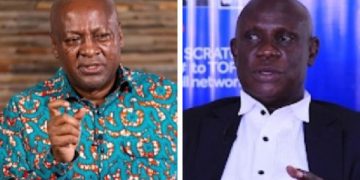
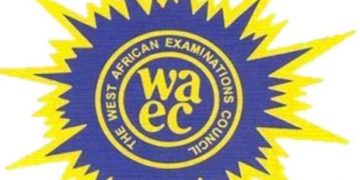
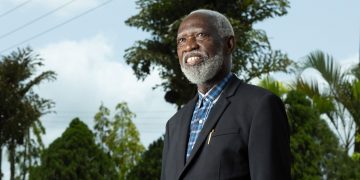
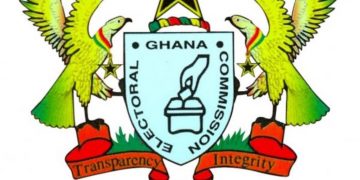
![Drake helps a group of African kids go viral [Watch]](https://thepostghana.com/wp-content/uploads/2020/04/drake-2019-pxn-billboard-1548-1586360114-1024x677-360x180.jpg)




















